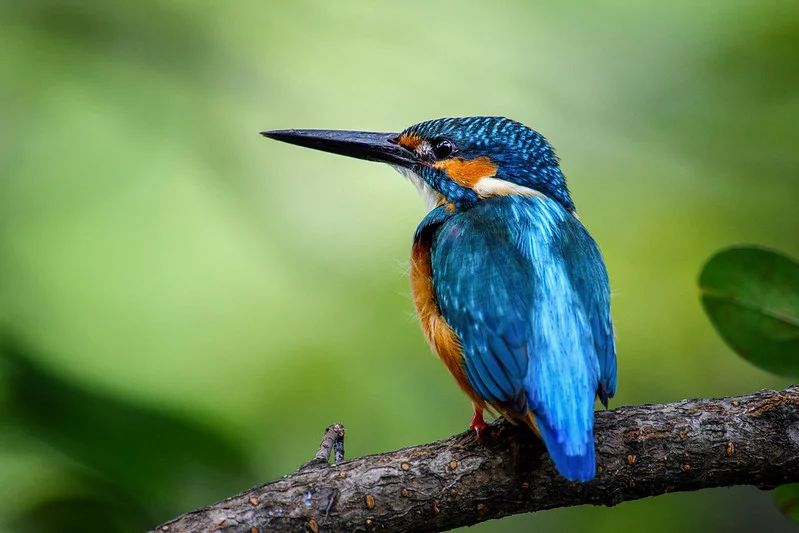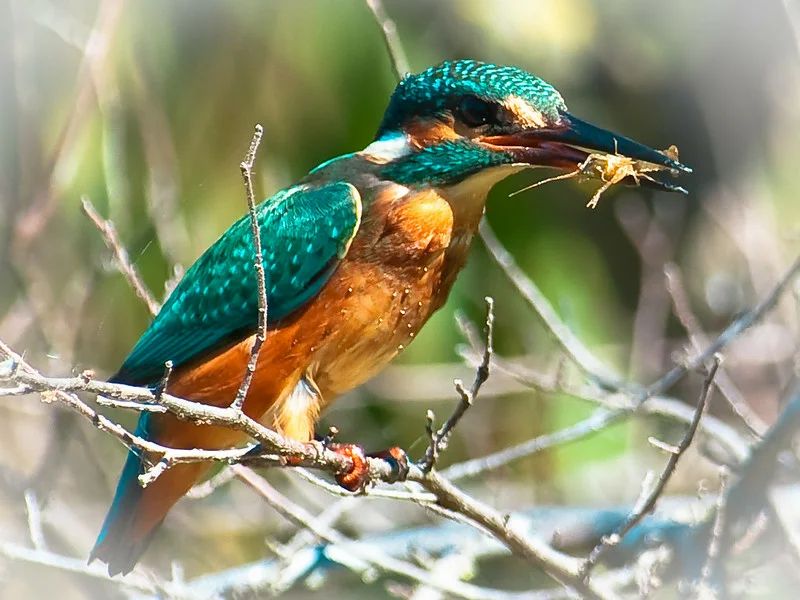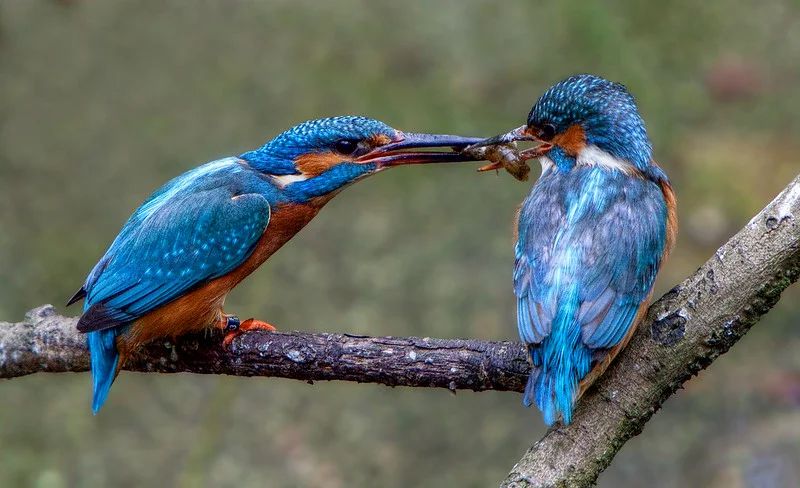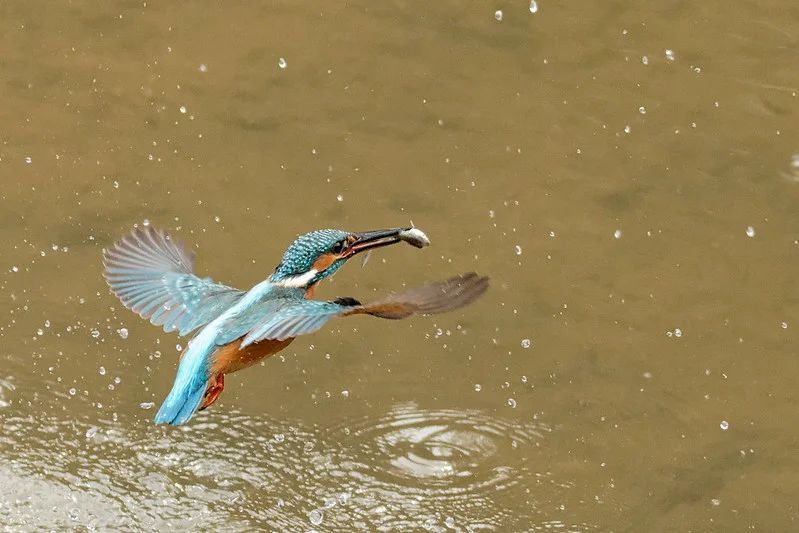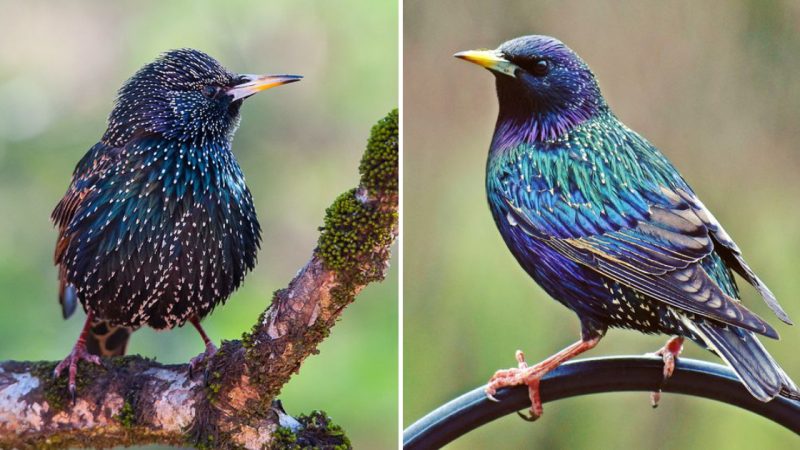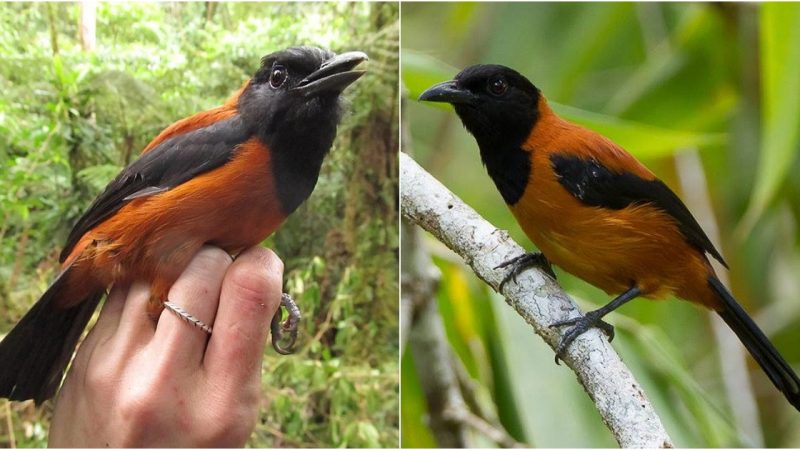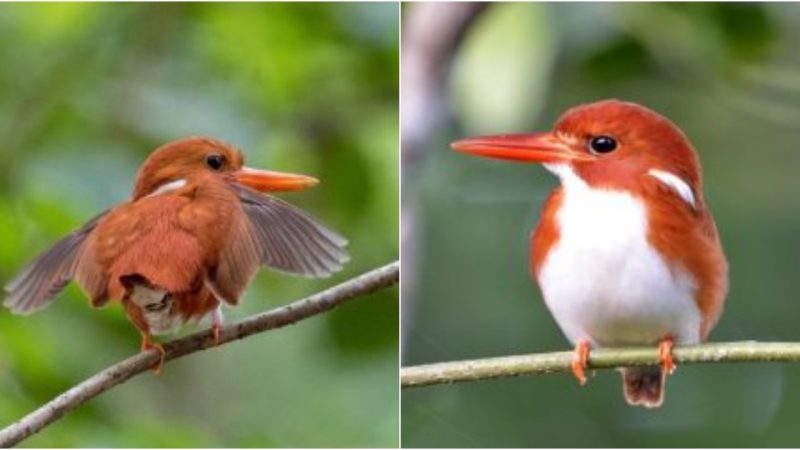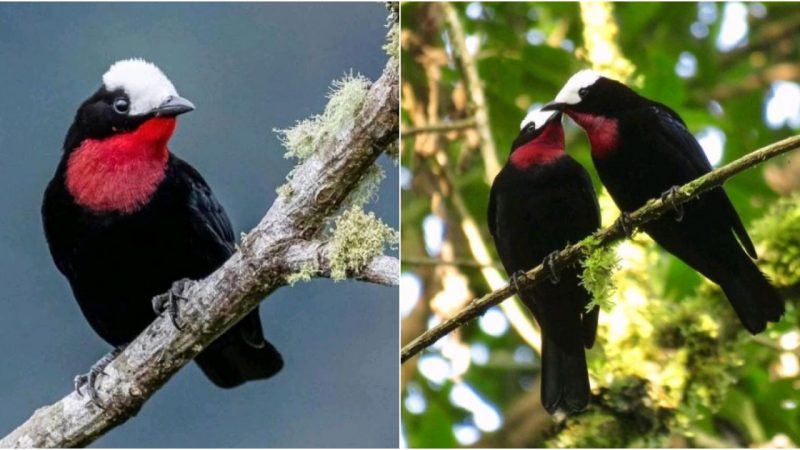The Kingfisher – A Beautiful Bird Living Near Clean Rivers
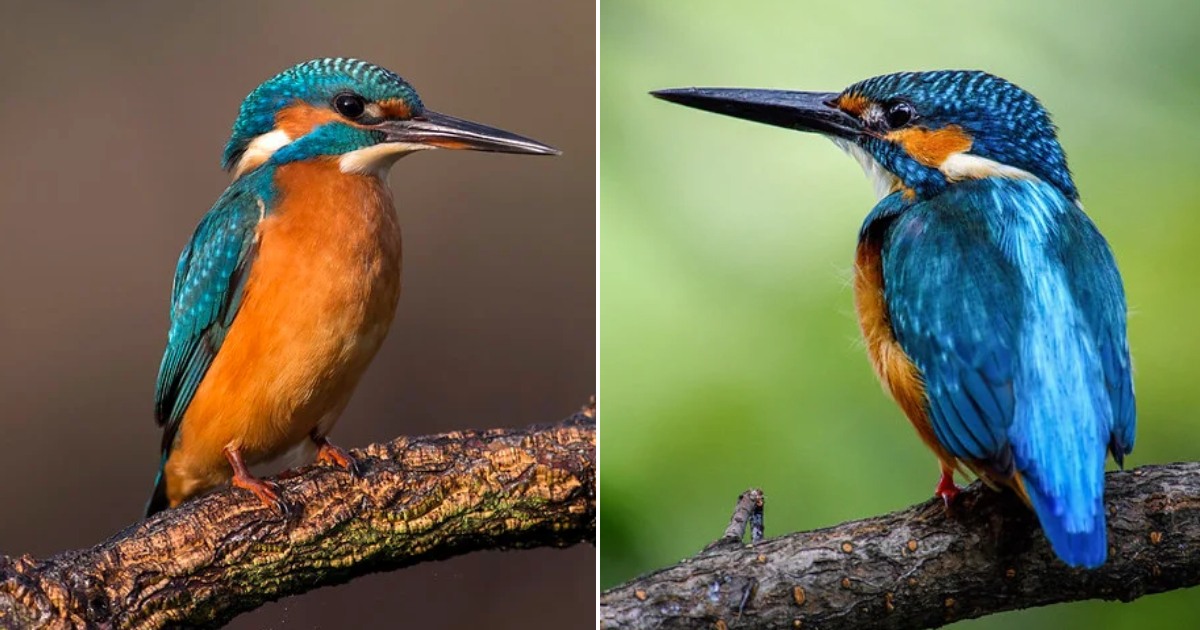
Encountering this bird always leaves a strong impression. In the modest beauty of the nature of the central region of Russia, a kingfisher perched or flying by appears almost like a marvel – so brightly and unusually colored.
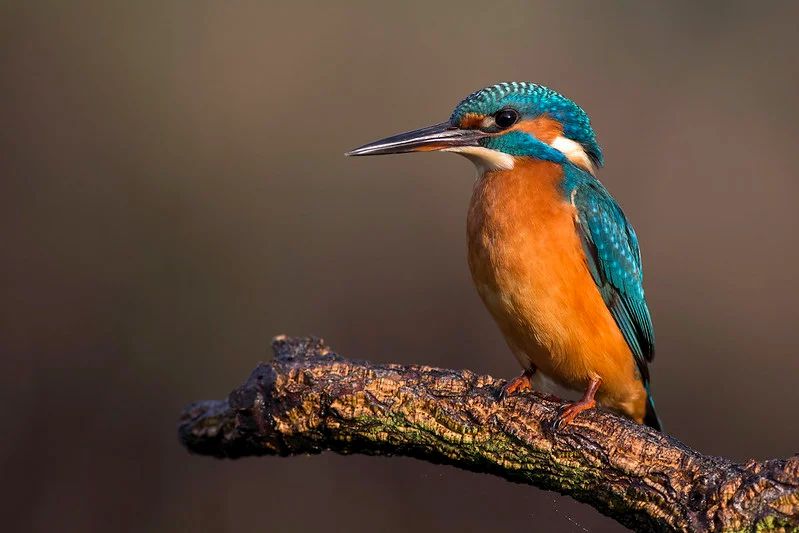
The kingfisher is colored very brightly: its upper body is bluish-turquoise, while the lower part is chestnut-red. The vivid coloring is not so much due to pigments but rather to the refraction of light – the plumage of the kingfisher appears differently under different angles of illumination, ranging from blue to green. Its throat and neck sides are pure white. The male and female differ slightly: the male is slightly brighter and has a completely black beak, while the female has a reddish lower beak.
Kingfishers inhabit the southern and temperate latitudes of Eurasia, as well as the northern parts of Africa. In Europe, their range extends northward to the south of Scandinavia, and in the European part of Russia, it reaches the middle taiga forests.
The entire life of kingfishers is connected with bodies of water – they mainly inhabit the banks of small rivers but can also live near lakes and other bodies of water. They can be found along the coasts of seas during the wintering season, for example.
Outside the breeding season, they are solitary birds, each having their own territory that they defend against other birds. Having their own territory is crucial for kingfishers as they primarily feed on fish, which they require a significant amount of. A kingfisher perches on a branch that usually protrudes over the water at a height ranging from half a meter to several meters, attentively observing the water. Their vision is excellent; a kingfisher’s eyes are capable of partial polarization of light, reducing most of the glare from the water. Additionally, the bird takes into account the refraction of light in the water, which aids in its fishing.
When it spots its prey, the kingfisher dives down like a stone. Upon entering the water, it closes its eyes with a nictitating membrane and catches the fish by memory and touch. After resurfacing, it returns to the perch and forcefully strikes the fish against a solid surface. Then it repositions the fish to swallow it headfirst or carries it to the nest.
Sometimes, kingfishers catch other aquatic creatures such as water crustaceans, insect larvae, and small amphibians. Therefore, water cleanliness is important to them. Kingfishers, in general, serve as indicators of the environmental conditions – they only settle in clean bodies of water rich in fish. However, observations have shown that they sometimes live along rivers with quite murky water.
Kingfishers arrive in the central region of Russia in late April to May. They usually return to their previous territory, reuniting with their mates. However, it can happen that they find new partners.
They construct their nests in burrows on steep riverbanks, ranging from 0.5 to several dozen meters above the water. Both birds excavate the burrow using their feet and beak. The burrow extends about 30-100 cm deep, occasionally deeper (up to 2 m), and ends with a nesting chamber. By the way, the name “kingfisher” is likely related to their nesting in the ground and represents a distorted form of “earth-borer” or “earth-digger.”
